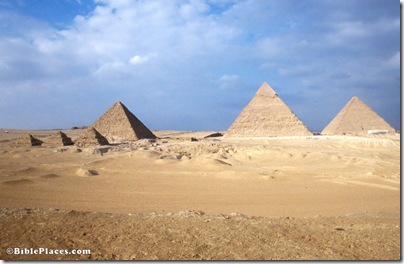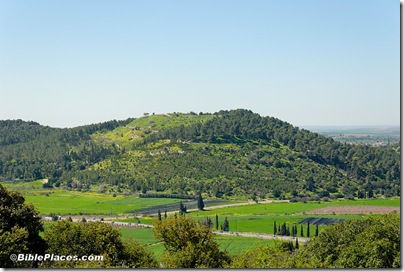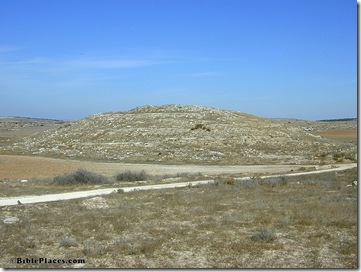If you’ve ever been harassed, cheated, bullied, pestered, deceived, or nagged and declared that even one of the wonders of the world was not worth the incessant and undesired attention of the locals, you may now have cause to consider a return visit to the Pyramids of Giza.
The monuments may be glorious, but visiting Egypt’s famed Giza Pyramids has long been a nightmare, with hawkers peddling camel rides and pharaonic trinkets hustling tourists relentlessly at every turn.
But now the hustlers are gone, as Egypt unveiled on Monday the first stage of an elaborate project to modernize the site and make it more tourist-friendly, complete with security cameras and a 12-mile fence with infrared sensors surrounding the site.
“It was a zoo,” Zahi Hawass, Egypt’s chief archaeologist, said of the usual free-for-all at the pyramids. “Now we are protecting both the tourists and the ancient monuments.”
The three Giza Pyramids have long been unusually open for a 5,000-year-old Wonder of the World, especially compared to other world-renowned sites like Greece’s Acropolis, Jerusalem’s Western Wall or Rome’s Colosseum, where security is tight and the movement of visitors is controlled.
The ABC News story continues here.


